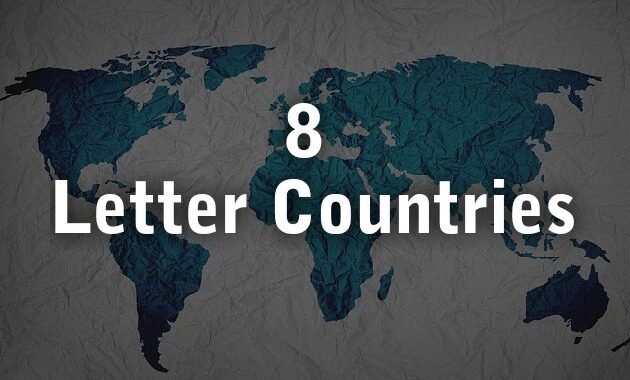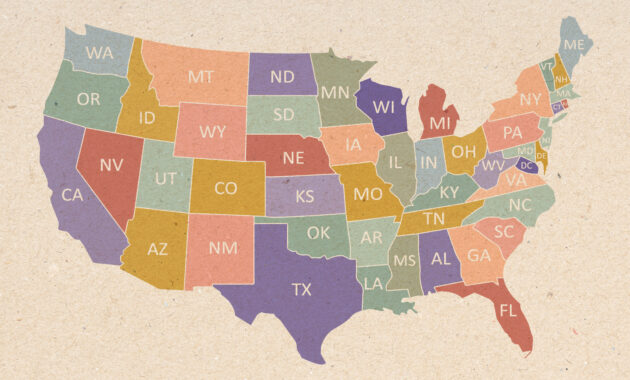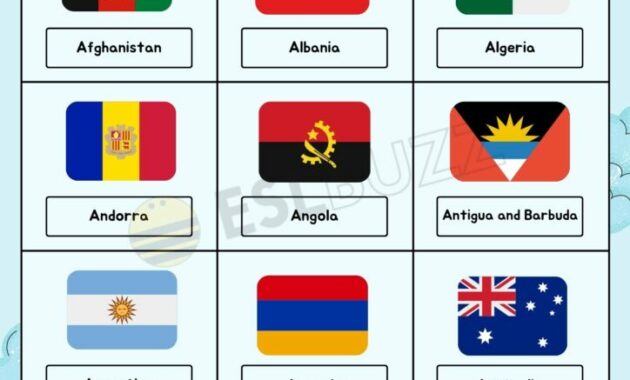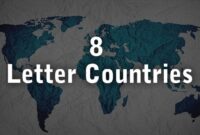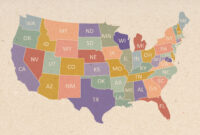Freedom of the press, a cornerstone of democratic societies, is often taken for granted. We read the news, consume media from various sources, and generally assume that the information we receive is unfiltered and accurate. But the reality is far more complex, and the extent to which journalists can operate freely varies dramatically across the globe. Examining the visual representations of press freedom, particularly through maps and indices, offers a stark and sobering perspective on the challenges faced by journalists and the implications for the societies they serve.
World Press Freedom Visualized
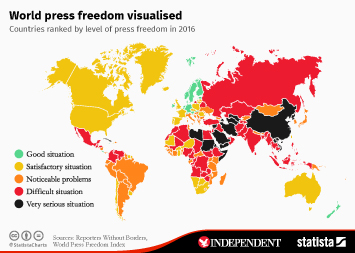
This visualization immediately highlights the disparities that exist. Large swaths of the world are depicted in shades that indicate significant restrictions on press freedom, while only a few countries enjoy relatively unfettered reporting. This raises critical questions: What factors contribute to these variations? What impact do these restrictions have on the flow of information and the functioning of democratic institutions? And what can be done to promote greater press freedom in countries where it is currently suppressed?
Several factors play a significant role in shaping the landscape of press freedom. Political stability, or the lack thereof, is a major determinant. In countries plagued by conflict or authoritarian regimes, journalists often face censorship, intimidation, and even violence. Governments may exert direct control over media outlets, or they may use more subtle tactics, such as restricting access to information or enacting laws that criminalize critical reporting. Economic factors also come into play. The financial sustainability of independent media outlets is often precarious, making them vulnerable to pressure from advertisers or powerful interests. The rise of digital media has presented new challenges, including the spread of misinformation and the erosion of traditional revenue models for journalism.
The consequences of restricted press freedom are far-reaching. When journalists are unable to report freely, the public is deprived of access to accurate and unbiased information. This can lead to a lack of accountability for those in power, as corruption and abuse of authority can go unchecked. It can also undermine public trust in institutions and contribute to political polarization. In extreme cases, restricted press freedom can even fuel conflict and instability, as misinformation and propaganda can be used to incite violence.
It’s crucial to understand that press freedom is not simply about the rights of journalists. It is fundamentally about the right of the public to be informed. A well-informed citizenry is essential for a functioning democracy. When people have access to accurate and diverse information, they are better equipped to make informed decisions about their lives and their governments. They are also better able to hold their leaders accountable and participate meaningfully in the democratic process.
The challenges to press freedom are multifaceted and require a comprehensive approach to address them. Governments must create legal frameworks that protect journalists and ensure their safety. They must also resist the temptation to interfere with the media or use censorship to silence dissenting voices. International organizations can play a vital role in monitoring press freedom violations and advocating for the protection of journalists. Civil society organizations can also contribute by providing training and support to journalists and by promoting media literacy among the public.
2016 World Press Freedom Index – Brave New World
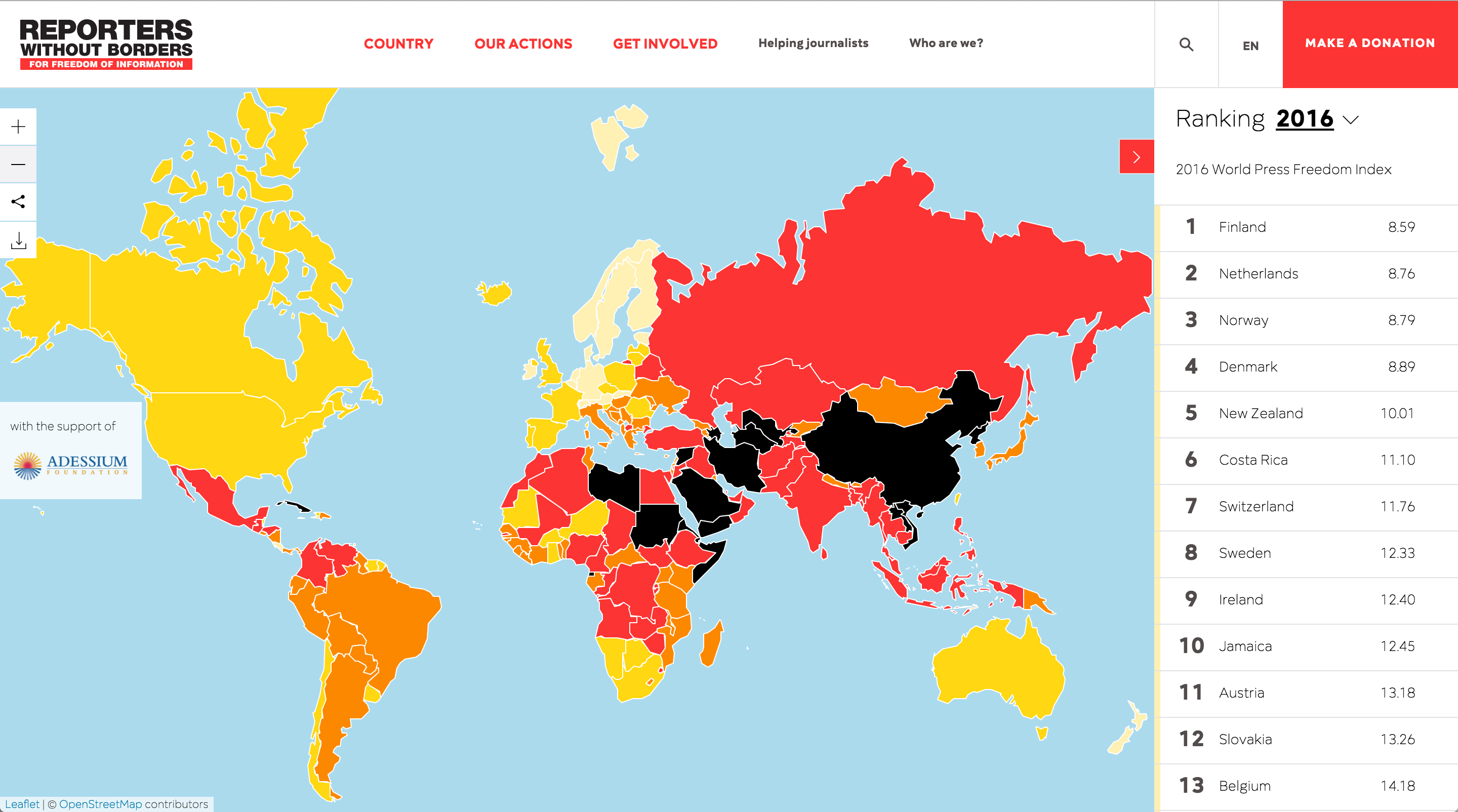
Looking at a snapshot from the past, like the 2016 World Press Freedom Index, provides a baseline for understanding how press freedom has evolved over time. Even just a few years can bring about significant shifts, driven by political changes, technological advancements, and evolving social attitudes. Comparing this index to more recent assessments can reveal concerning trends or even glimmers of hope.
The “brave new world” alluded to in the title of this particular visualization likely refers to the increasing complexities and challenges facing journalists in the digital age. The rise of social media has created new opportunities for journalists to reach wider audiences and bypass traditional gatekeepers. However, it has also created new avenues for censorship, harassment, and misinformation. The spread of fake news and propaganda has eroded public trust in the media and made it more difficult for journalists to report accurately and effectively.
The challenges facing journalists are not limited to online spaces. In many countries, journalists continue to face physical threats, including violence, imprisonment, and even assassination. The Committee to Protect Journalists (CPJ) and other organizations document these cases and advocate for the protection of journalists around the world. Their work is essential for holding governments accountable and ensuring that those who attack journalists are brought to justice.
Ultimately, the fight for press freedom is a fight for democracy itself. A free and independent press is essential for holding power accountable, promoting transparency, and ensuring that the public has access to the information it needs to make informed decisions. We must all be vigilant in defending press freedom and supporting the work of journalists around the world.
These visualizations serve as a powerful reminder that press freedom is not a given. It is a fragile right that must be constantly defended. By understanding the challenges facing journalists and supporting their work, we can help to create a world where the press is truly free and the public is well-informed.
If you are searching about Chart: The State of World Press Freedom | Statista you’ve visit to the right web. We have 5 Pictures about Chart: The State of World Press Freedom | Statista like 2016 World Press Freedom Index – Brave New World, Press freedom – Our World in Data and also Press freedom – Our World in Data. Here you go:
Chart: The State Of World Press Freedom | Statista

www.statista.com
press
Makeover Monday: How Has Press Freedom Changed Around The World?
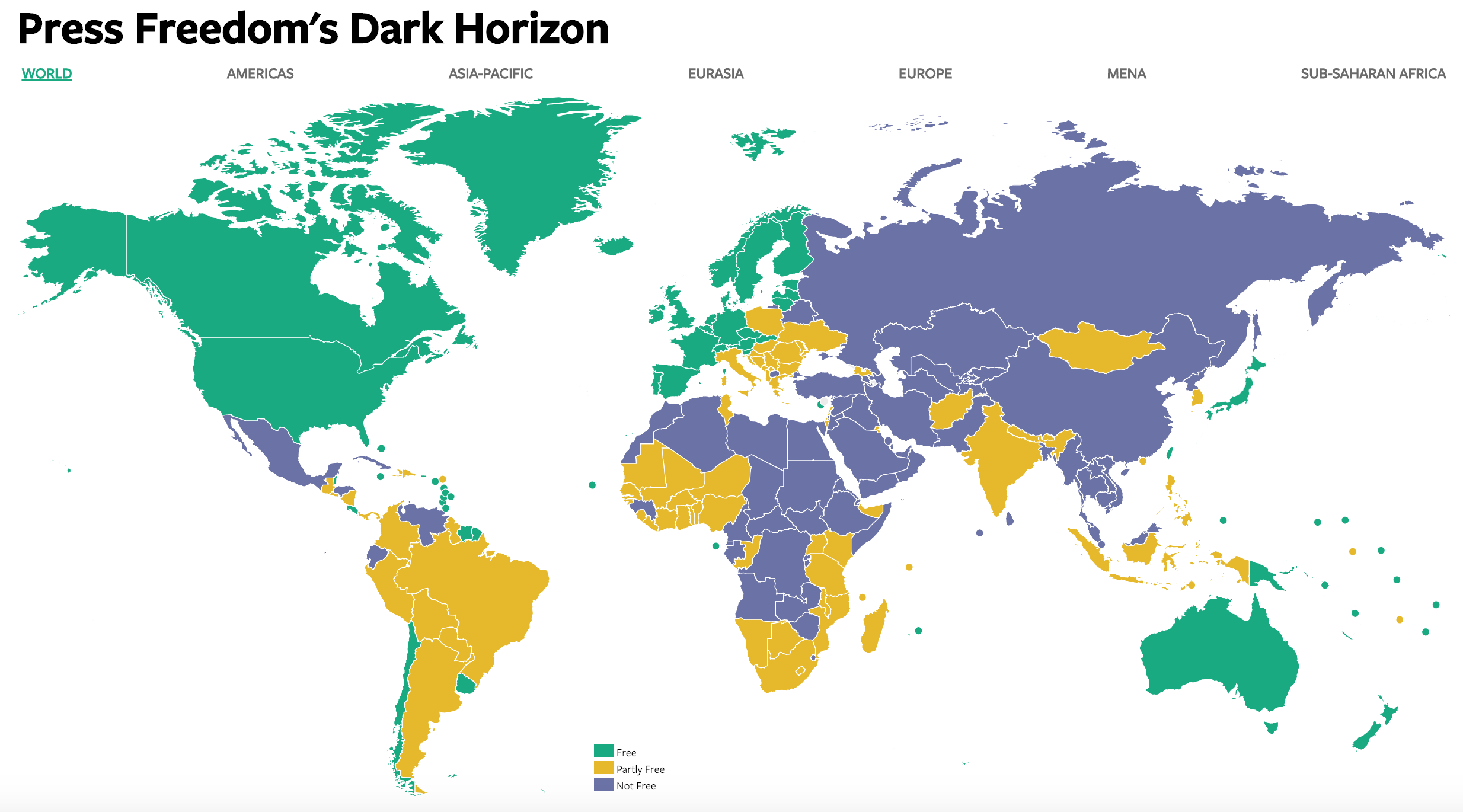
www.vizwiz.com
freedom world press around makeover changed monday has how works well what
2016 World Press Freedom Index – Brave New World

nick.weisser.me
press freedom world index nick weisser countries situation serious difficult very red black
Press Freedom – Our World In Data
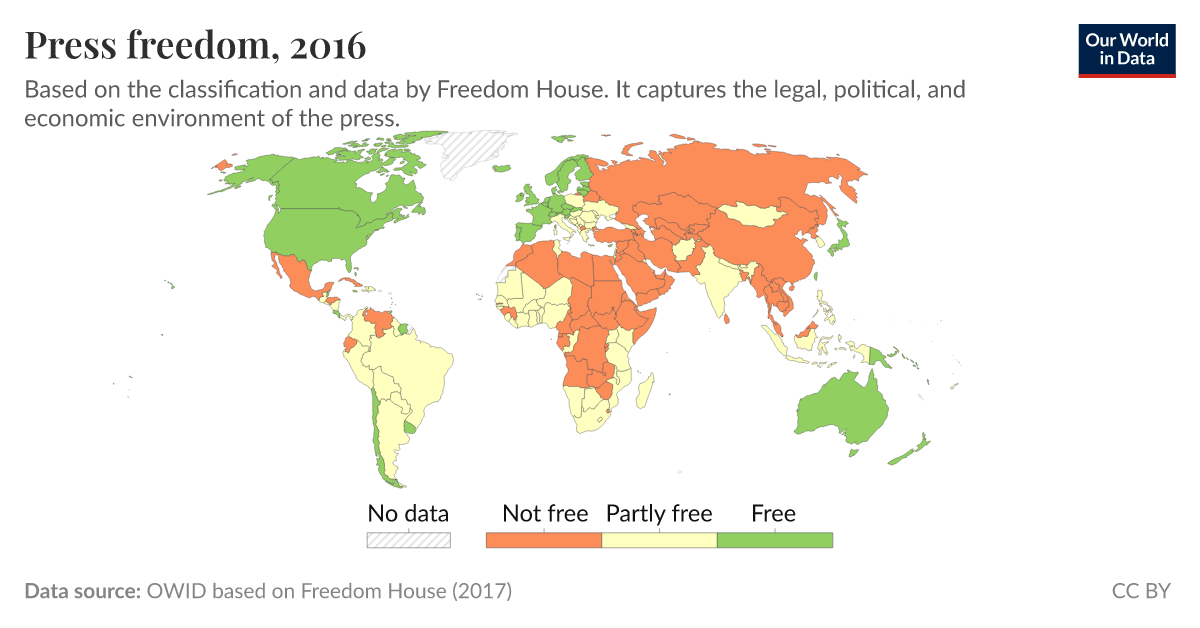
ourworldindata.org
Chart: World Press Freedom Visualised | Statista

www.statista.com
freedom visualised statista
Press freedom. Freedom visualised statista. 2016 world press freedom index – brave new world




